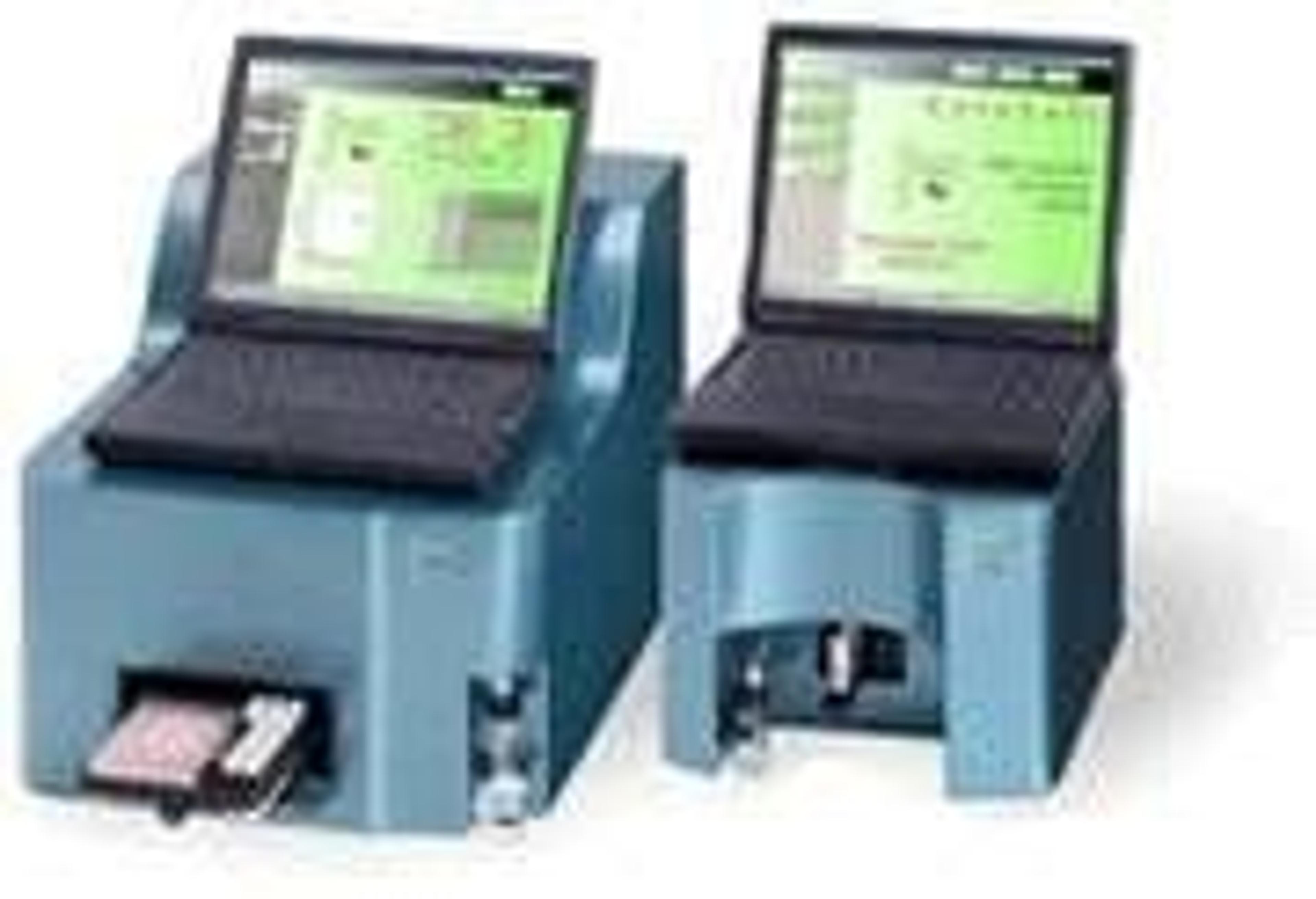Quick, easy determinations of cell cycle phases...
18 Sept 2007Guava Technologies, Inc. has announced a new and enhanced version of its popular Guava® Cell Cycle Assay that allows quick, easy determinations of G0/G1, S and G2/M cell cycle phases and distinguishes without interference commonly occuring aggregates.
The Guava Cell Cycle Assay, when used in conjunction with a Guava® PCA or EasyCyte™ platform, offers cell cycle phase analysis at your benchtop without the use of complicated flow cytometric methods. The cell cycle phase percentages and counts are displayed on the same screen as acquisition, without the requirement for involved software set-up, making it easy for you to visualise the results in both histogram and statistical formats. Unlike traditional methods, the cell counts for each sample are direct and absolute, without the use of reference beeds. This provides you with the additional capability of also being able to monitor whether changes in cell cycle are a result of treatments and not just changes in cell number due to cell proliferation or cell death. As a single, optimised reagent requiring no sample preparation and including detailed protocols for adherent and suspension cells in both 96-well plates and tubes the Guava Cell Cycle Assay reduces assay development time.
In biological samples, aggregates of cells can occur based on culture and/or sample preparation conditions. Commonly occuring aggregates consist of two G0/G1 cells (doublets) and hence contain 4N DNA content, and are indistinguishable on the basis of peak height fluorescence intensity alone from G2/M cells which also contain 4N DNA. If uncorrected for the presence of these doublets, the amount of cells in the G2/M phase will be overestimated. However, those G0/G1 doublets can be distinguished from G2/M cells by examining the width and area of the fluorescent signal (ie, pulse processing) from each cell or cluster of cells as it passes through the laser light. The doublet because it consists of 2 cells will have a larger fluorescent peak width (and hence larger fluorescent area) than the single G2/M cells. The new easy-to-use Guava® ExpressPro Software Module is capable of determining fluorescent peak height, width and area, thus allowing the user to readily identify those 4N cells which are doublets and exclude them from the analysis, yielding a more accurate measure of the percentage of cells in each of the 3 phases of the cell cycle.
Understanding the cell cycle and how different compounds affect it is an important area of study for immunology and cancer researchers, as well as in drug discovery and process development. Further detailed product information, applications reports and posters on the Guava Cell Cycle Assay may be downloaded from the article webpage.

